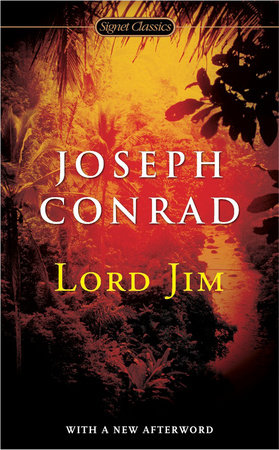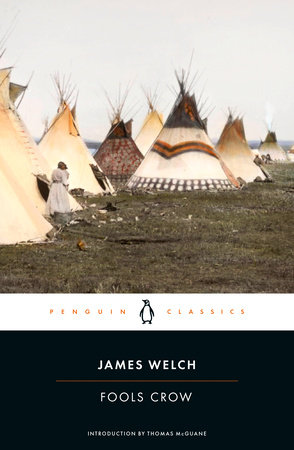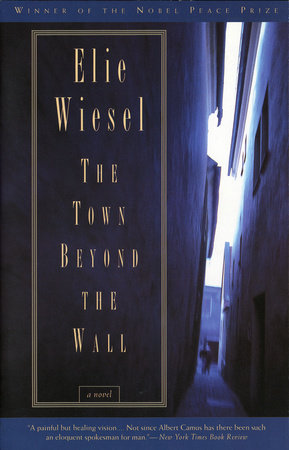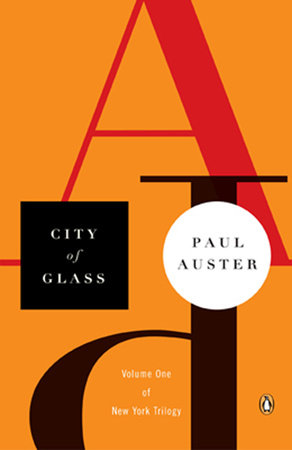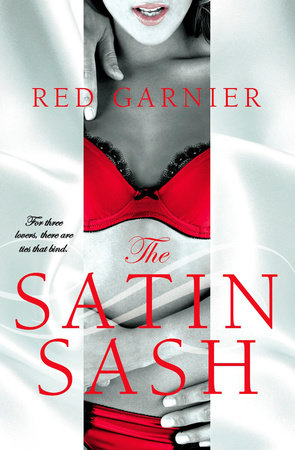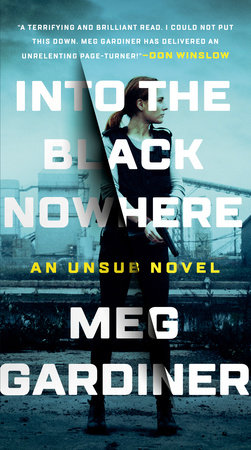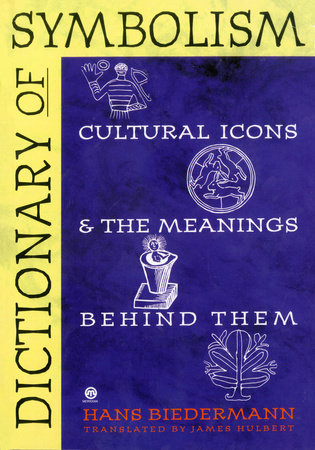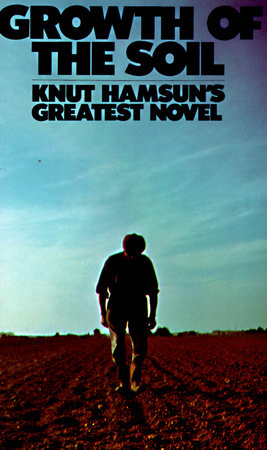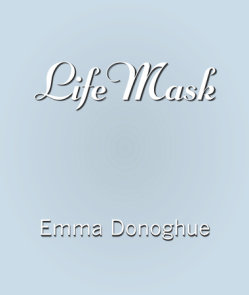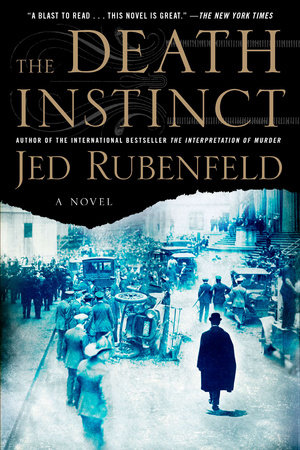Author Q&A
Q: What inspired you to write Inseparable? Did you feel there was something important missing from the existing scholarly work?
A: Back in the mid-90s I was approached by a university press to write a history of lesbian literature. Although I was attracted to the idea of a book that would have a really long historical and geographical range, I didn’t want it to trawl dutifully and descriptively through the entire body of texts both by and about women-who-loved-women. That deal fell through, so what I ended up writing was much more for my own pleasure: a sort of travel guide that would identify and analyze the handful of underlying plot motifs about desire between women. As I worked on Inseparable for a decade and a half, more and more academic studies were published on specific periods and genres—sometimes on just a couple of texts. While I drew on much of this excellent scholarship, it also confirmed my hunch that both academic specialists and ‘common readers’ could do with a guide to this literary tradition in all its length, breadth and flavor.
Q: You describe Inseparable as a sort of map and each chapter a new “terrain.” What discoveries led you to choose the path you did for the book?
A: Some of the tracks were clear from the start: I always knew there would be at least one chapter on cross-dressing, because it’s been perhaps the dominant way for writers over the centuries to tell stories about how same-sex desire might ‘accidentally’ occur. Others were more of a surprise to me; I knew that lesbian detective fiction as a distinct genre was born in the 1990s, but I found much earlier detection stories (in large numbers from the 1920s on) that hinged on the discovery of desire between women, so that became a chapter of its own.
Q: Most of the writers you cite are men. Did this influence your reading of the texts in any way?
A: I don’t think it affected how I read the texts, but perhaps it shaped my decision, early on, to concentrate on the texts themselves rather than their autobiographical elements. I found it peculiarly liberating to approach each novel, play, or narrative poem without much caring who wrote it—to look at both trash and high literature in terms of story, and discover all sorts of connections between different texts that borrowed and reworked the same stories.
Q: Although you write that conclusions about real life shouldn’t necessarily be drawn from these tales, are there any strong connections that you’ve found between the plot motifs you discuss and the cultures they come from?
A: Oh yes, indeed. I could generalize and say that a text published in 1890 will almost always give us a good insight into 1890’s prevailing fantasies about love between women (e.g. morbid, neurotic, oversexed, addictive, suicidal). The tone of a text from 1600 (think of Shakespeare’s playful cross-dressing heroines and the women who fall for them) will be entirely different. Neither will tell us much about real everyday life, but they certainly make up a cultural history.
Q: One of the things that many readers will find most surprising about your book is just how common writing about female desire is within the Western literary canon. Why has this subject remained “hidden” when it’s actually so prevalent?
A: Yes, even if we exclude the many texts I’ve unearthed which have dropped out of that canon, we are left with an astonishing number of famous texts that center on passionate attraction between women. The basic explanation is that many critics and readers are still reluctant to call it that. So Richardson’s eighteenth-century novel Clarissa, for instance, gets classified as a story of friendship, Shakespeare’s Twelfth Night as a comedy of misunderstanding, Henry James’s The Bostonians as a battle of the sexes. It’s only when someone like me puts them side by side and points to the pattern that it becomes visible.
Q: What role does power play in the female relationships you’ve highlighted in your book?
A: Good question: power dynamics are crucial. Even in nineteenth-century novels about idyllic, egalitarian friendship between women there are different roles: the victim and the savior, the risk-taker and the mother hen, the whore and the feminist. And in many of the storylines I’m looking at, ‘love’ would be a misleading word for the kind of dark connections we find between female characters. The umbrella term I went for in my subtitle is ‘desire’, which may not always be specifically sexual but is always an intense pull—the kind of gravitational attraction that makes plot happen.
Q: In your first chapter, you speak of women feeling “confounded” or “confused” by their love for one another. What sorts of questions about female identity does this raise?
A: Yes, same-sex desire is often not presented as a fixed fact about a character, but as a dynamic, sometimes devastating metamorphosis she goes through. That’s why Inseparable is not a study of lesbian characters, but a guide to the stories launched and powered by desire between women. I found that this was not only a helpful way to shape my book but a great way to step aside from the often wearisome debates over how to classify ‘sexual orientation,’ especially in the centuries before the concept was widespread. To answer your question about female identity—perhaps the ‘confusion’ triggered by same-sex infatuation is a hint that if women are defined as ‘those who desire men’, then accepting the existence of same-sex attraction really does mean beginning to dismantle the whole gender system…
Q: The theme of unveiling and self-discovery seems to be central to your discussion, especially in your first chapter “Travesties,” as well as in your fifth chapter “Deception.” What interests you about this?
A: I enjoy those moments of revelation, but often the consequences are equally confusing: heroines rarely reach a fixed point of understanding of who they are. Self-awareness is provisional, and in the most interesting stories the characters shift self-definition several times. Even in the coming-out novels I explore in Chapter Six, when you might think reaching a clear sense of oneself is the whole point, much ambiguity remains; what the heroines usually reach is only the point of departure for the next stage in their journeys, and almost none of them are willing to use the sexual-identity labels of their day.
Q: You write that many of these women “rampage across the boundaries of the acceptable” in their desires. How does this sense of normality affect how the women view themselves and how they act?
A: What is interesting is that ‘normality’ is sometimes understood religiously/morally and sometimes socially. It’s often quite difficult to tell whether a heroine is afraid that her neighbors will disapprove, that she can’t accept herself, or that she’ll go to Hell. Sidney’s poem Arcadia is my favorite example of a heroine who reaches a point of mortified awareness of how peculiar (as well as taboo) her infatuation for a woman is, but decides to plunge on regardless, somehow trusting to the gods.
Q: How do you feel that gender roles have evolved in today’s literature?
A: Oh dear, that’s too big a question for a quick answer! I will say that one thing that delights me nowadays is that the lesbians are writing well about whatever they like (including, very often, books that happen to have no lesbians in them) and a wide variety of authors (including straight men) are writing well about lesbians. Let confusion reign!



